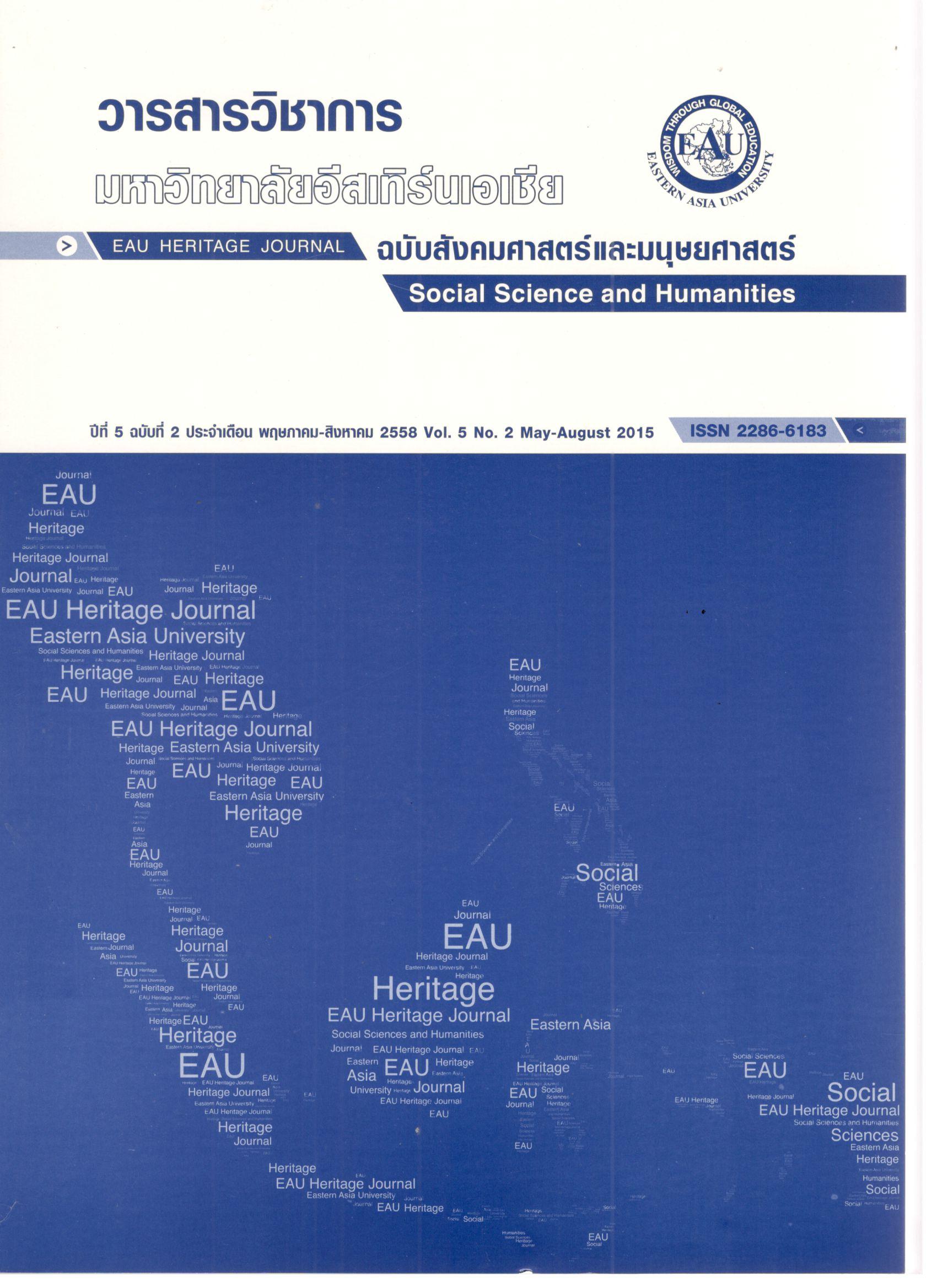The Impact of International Factors and Domestic Politics towards the Process of Democratization in the Post-Soviet States: An Approach from Regional
Keywords:
democratization, European Union, semi-presidential systemAbstract
Using the connection of the domestic and international politics in fifteen countries of the post-Soviet states, this study intends to adopt case-studies to stress the functions of “international-domestic factors” during the democratic transition process. It is discovered in this study : countries that have adopted the integration with the European Union as their foreign policies have presented stable development in the pattern of “parliamentary cabinet system" or "premier- presidential system.” On the contrary, post-Soviet states that have adopted the integration with Russian have presented unstable development in the pattern of “presidential system” or “presidential-parliamentary system.”
References
Borishpolets, K., & Chernyavsky, S. (2012). The common eonomic space of Russia, Belarus, and Kazakhstan: Present and future. Central Asia and the Caucasus, 13(1), 120-129.
Cameron, D. R., & Orenstein, M. A. (2012). Post-Soviet authoritarianism: The influence of Russia in its near abroad. Post-Soviet Affairs, 28(1), 1-44.
David, R, Cameron, D. R., Mitchell, A., & Orenstein, M. A. (2012). Post-Soviet authoritarianism: The influence of Russia in its Near abroad, Post-Soviet Affairs, 28(1), 32-33.
Dangerfield, M. (2011). The contribution of the Visegrad Group to the European Union Eastern Policy: Rhetoric or reality. In J. Gower & G. Timmins (Eds.), The European Union, Russia and the shared neighbourhood. London: Routledge.
Duverger, M. (1980). A new political system model: Semi-presidential government. European Journal of Political Research, 8(2), 165-187.
Elgie, R. (2007). Varieties of semi-presidentialism and their impact on nascent democracies. Taiwan Journal of Democracy, 3(2), 53-71.
Freedom House. (2014). NIT 2014 Tables, Freedom house’s annual survey nations in transit (NIT).
Ganzle, S. (2011). EU governance and the European neighbourhood policy: A framework for analysis. In J. Gower & G. Timmins (eds.), The European Union, Russia and the shared neighborhood. London: Routledge.
Huntington, S. P. (1991). The third wave: Democratization in the late twentieth century. Norman: University of Oklahoma Press.
Kudelia, S. (2014). The house that Yanukovych built. Journal of Democracy, 25(3), 19-34.
Levitsky, S.,& Lucan. Way, A. (2005). International Linkage and Democratization, Journal of Democracy, 16, 3 (2005), 21.
Lewis, P. (1977). Communist and post-communist countries: Introduction. In David Potter, David Goldblatt, Margaret Kiloh, and Paul Lewis (Eds), Democratization (p. 396). England: Polity Press.
Linz, J. J. & Stepan, A. (1996). Problems of democratic transition and consolidation: Southern Europe, South America, and Post-Communist Europe. Baltimore, NJ: The John Hopkins University Press.
Melikiam, R. (2013). The Eurasian Union, European Union, and Armenian complementarism. Central Asia and the Caucasus, 14(2), 46-51.
Nielsen, K. L. & Vilson, M. (2014). The eastern partnership: Soft power strategy or policy failure ? European Foreign Affairs Review, 19(2), 243-262.
PiaTek, D. (2013). Reassessing democratic consolidation in Central and Eastern Europe and the role of the EU. Post-Communism, 25(3), 267-288.
Pridham, G. (1994). Eric Herring and George Sanford, Building Democracy ?: The International dimension of democratization in Eastern Europe. Leicester/ London: Leicester University Press.
Protsyk, O. (2011). Semi-presidentialism under post-communism. In R. Elgie, S. Moestrup & Y. S. Wu (eds.), Semi-Presidentialism and democracy. London: Palgrave Macmillian.
Ryabchuk, A. (2014). Right revolution? Hopes and perils of the Euromaidan protests in Ukraine. Journal of Contemporary Central and Eastern Europe, 22(1), 127-133.
Samuels, D., & Shugart. M. S. (2010). Presidents, parties, and prime ministers. Cambridge: Cambridge University Press.
Schmitter, P. C. (2001). The influence of the international context upon the choice of National Institutions and Policies in Neo Democracies. In L. Whitehead (ed.), The international dimensions of democratization: Europe and the Americas. Oxford: Oxford University Press.
Schneider, C. J. (2009). Conflict, negotiation and European union enlargement. Cambridge: Cambridge University Press.
Sedelmeier, U. (2012).Europeanization. In Erik Jones, Anand Menon, and Stephen Weatherill, (Eds.), The Oxford handbook of the European Union), (pp. 825-837). Oxford: Oxford University Press.
Shugart, M. S., Carey, J. M. (1992). Presidents and assemblies: Constitutional design and electoral dynamics. Cambridge: Cambridge University Press.
Steven, L., & Way, L. A. (2005). International linkage and democratization. Journal of Democracy, 16(3), 20-34.
Teixeira, N. S. (2008). The international politics of democratization: Comparative perspectives. New York: Routledge Research.
Tomini, L. (2014). Reassessing democratic consolidation in central and Eastern Europe and the role of the EU. Europe-Asia Studies, 66(6), 859-861.
Whitehead, L. (2001). Three international dimensions of democratization. In L. Whitehead (ed.), The international dimensions of democratization: Europe and the Americas. Oxford: Oxford University Press.




